
Tomatoes are susceptible to a variety of fungal leaf spot diseases. Proper cultural methods go a long way in preventing them.
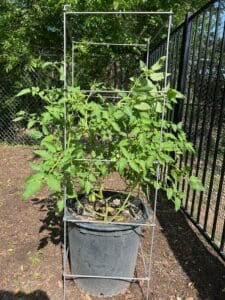
Septoria leaf spot usually shows up on the lower leaves after the fruit has begun to set. Removal of the lower leaves as the plant grows so that splashing water will not spread the disease is recommended.
The fungus overwinters on plant debris or on any plant in the Nightshade family. It can also survive on tomato cages and stakes. Temperatures between 60°F and 80°F, high humidity and leaf wetness are ideal conditions for this disease.
Control involves:
- Improve air circulation around the plants. Space them well apart when they are planted and avoid crowding plants. Stake or cage them to keep them off the ground.
- Mulch the soil under the plants to prevent splashing, which can spread the disease. Removal of the lower leaves will prevent spread from contaminated soil.
- Avoid wetting the leaves when watering. Avoid overhead watering.
- Remove any affected leaves, preferably without removing more than 1/3 of the leaves. Do not compost infected leaves. Dispose of infected plants at the end of the season.
- Rotate crops with other crops not in the Nightshade family.
- Control weeds in the Nightshade family near tomato plantings.
- Chemical control will not cure the disease but may prevent the spread in severe cases. Removal of infected leaves is critical.

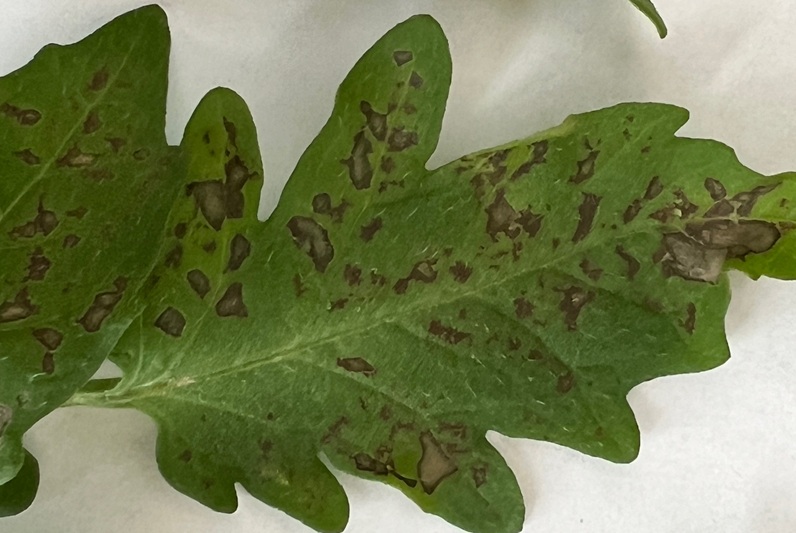
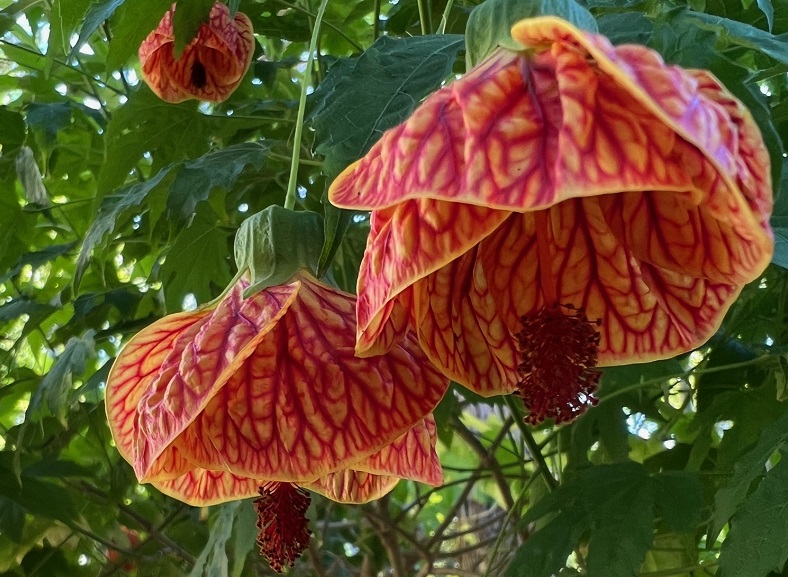
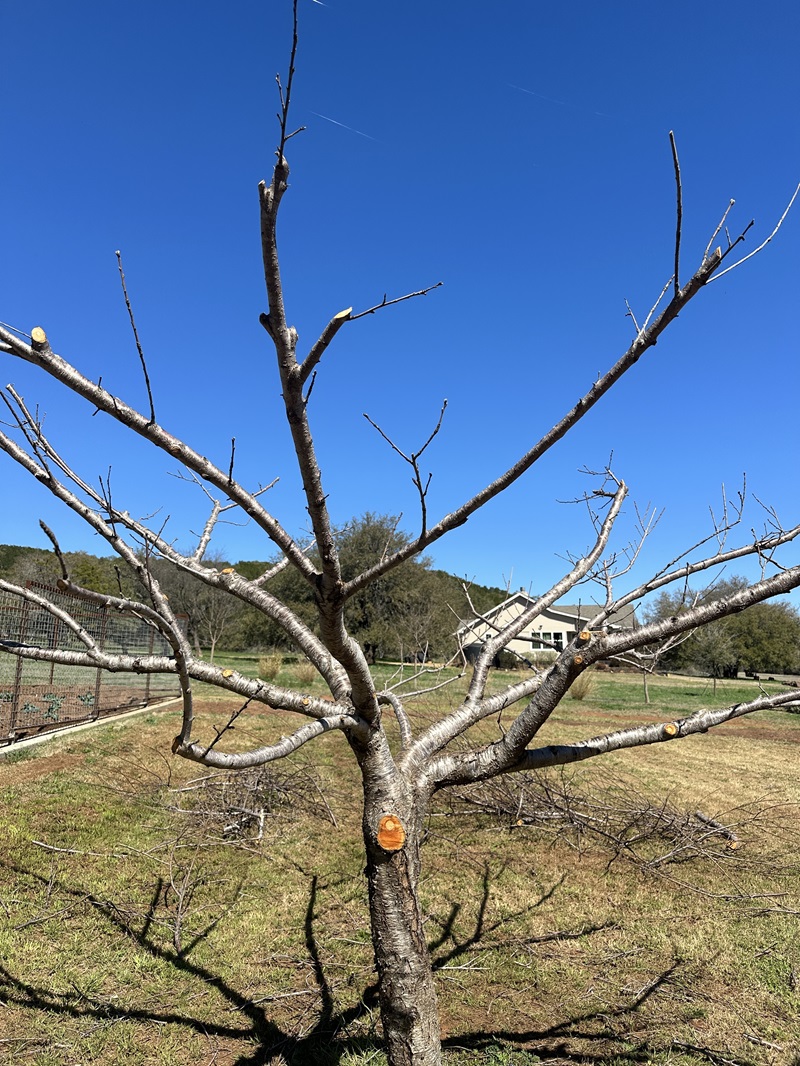
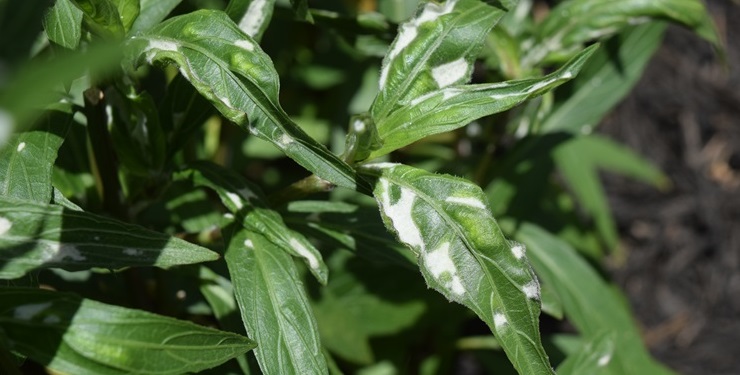
Leave A Comment